What is Polycythemia Vera Causes, Symptoms, Diagnoses, Treatment, Life Expectancy HealthMD
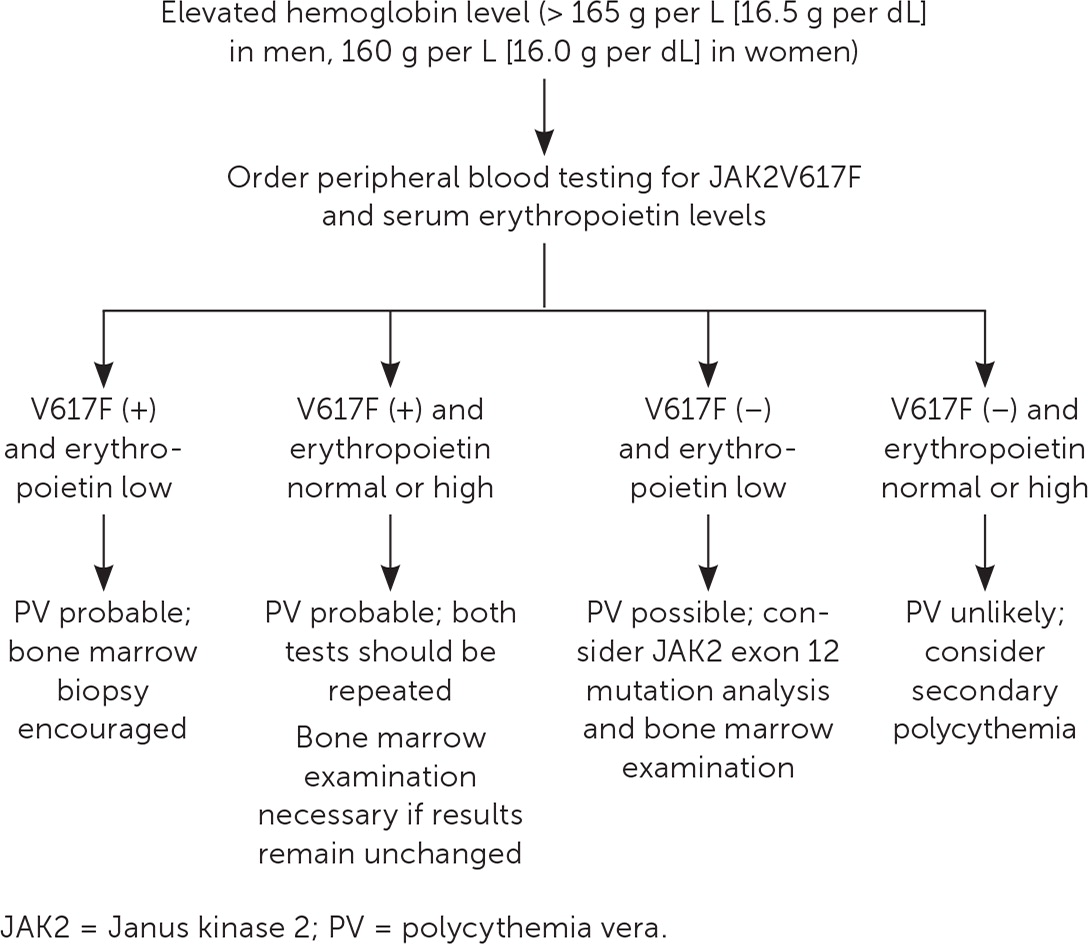
Polycythemia Vera Rapid Evidence Review AAFP
Polycythemia vera (PV) is a relatively indolent myeloid neoplasm with median survival that exceeds 35 years in young patients, but its natural history might be interrupted by thrombotic, fibrotic.
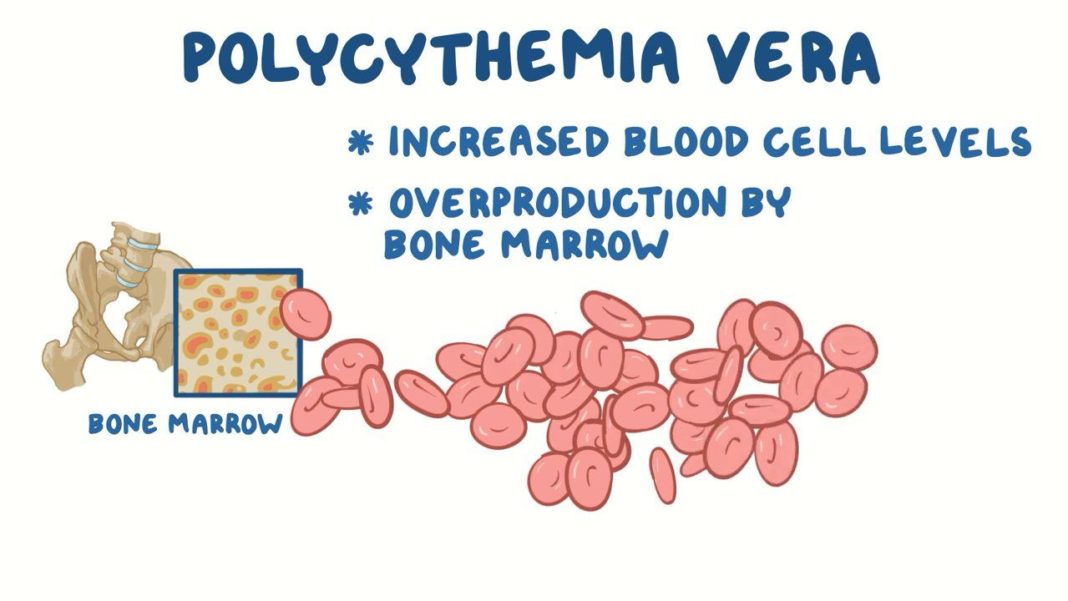
Polycythemia Vera Symptoms, Causes, Risk Factors & Complications
Polycythemia vera (PV) is a relatively indolent myeloid neoplasm with median survival that exceeds 35 years in young patients, but its natural history might be interrupted by thrombotic, fibrotic, or leukemic events, with respective 20-year rates of 26%, 16%, and 4%. Current treatment strategies in PV have not been shown to prolong survival or.
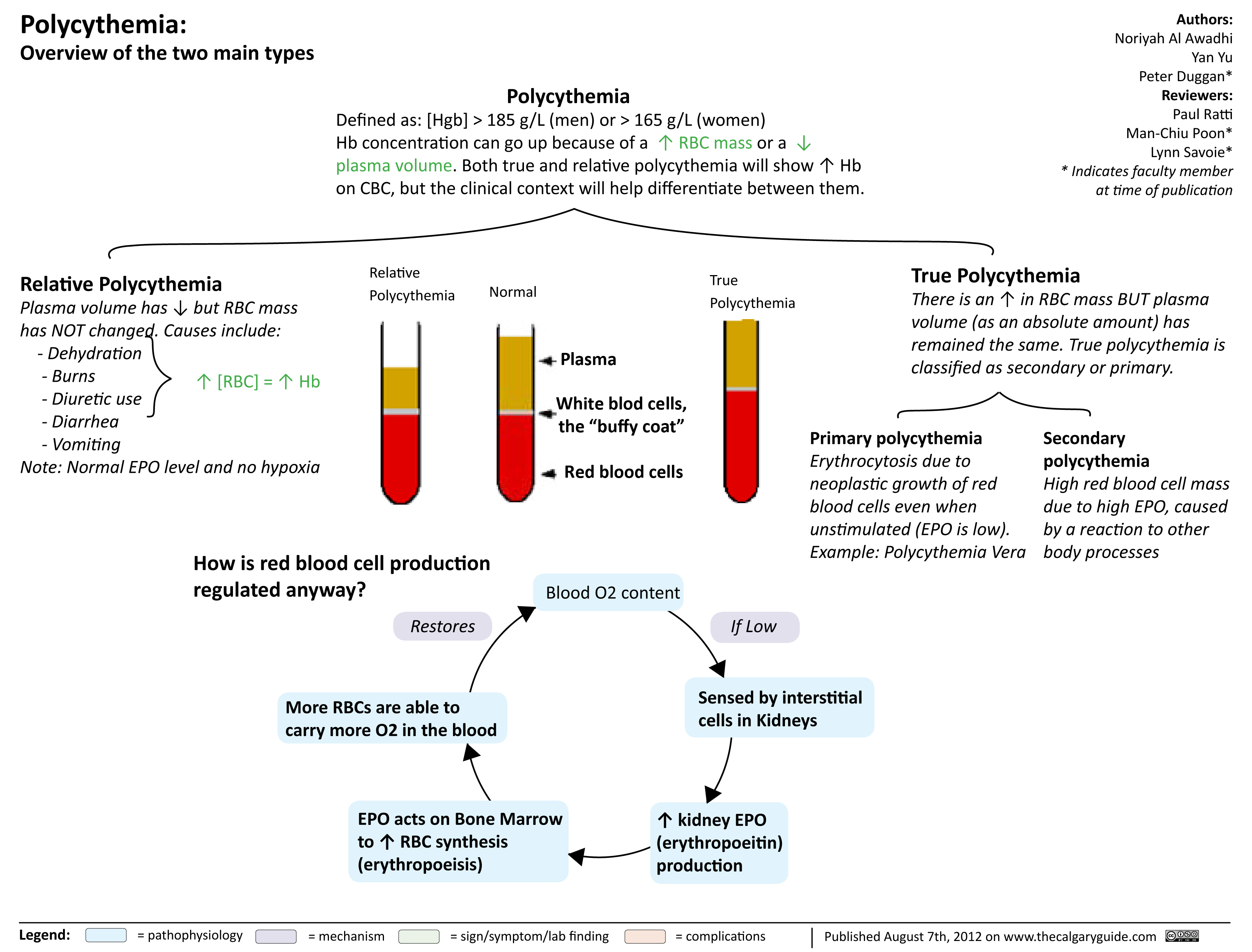
Polycythemia Overview Calgary Guide
Polycythaemia vera (PV) is a type of blood cancer that affects the bone marrow. Bone marrow is where blood cells are made. In PV, the body makes too many red blood cells. This can make the blood thicker than normal. Some people with PV also have too many white blood cells and platelets in their blood. Having too many red blood cells increases.

What is Polycythemia Vera Causes, Symptoms, Diagnoses, Treatment, Life Expectancy HealthMD
Polycythemia vera (PV) is a that causes your body to produce too many red blood cells. Too many red blood cells can make your blood thick and sluggish and increase your risk of and complications such as . It can also cause vague but irritating symptoms, such as skin itchiness, ringing in your ears, abdominal pain, nose bleeds and blurred or.
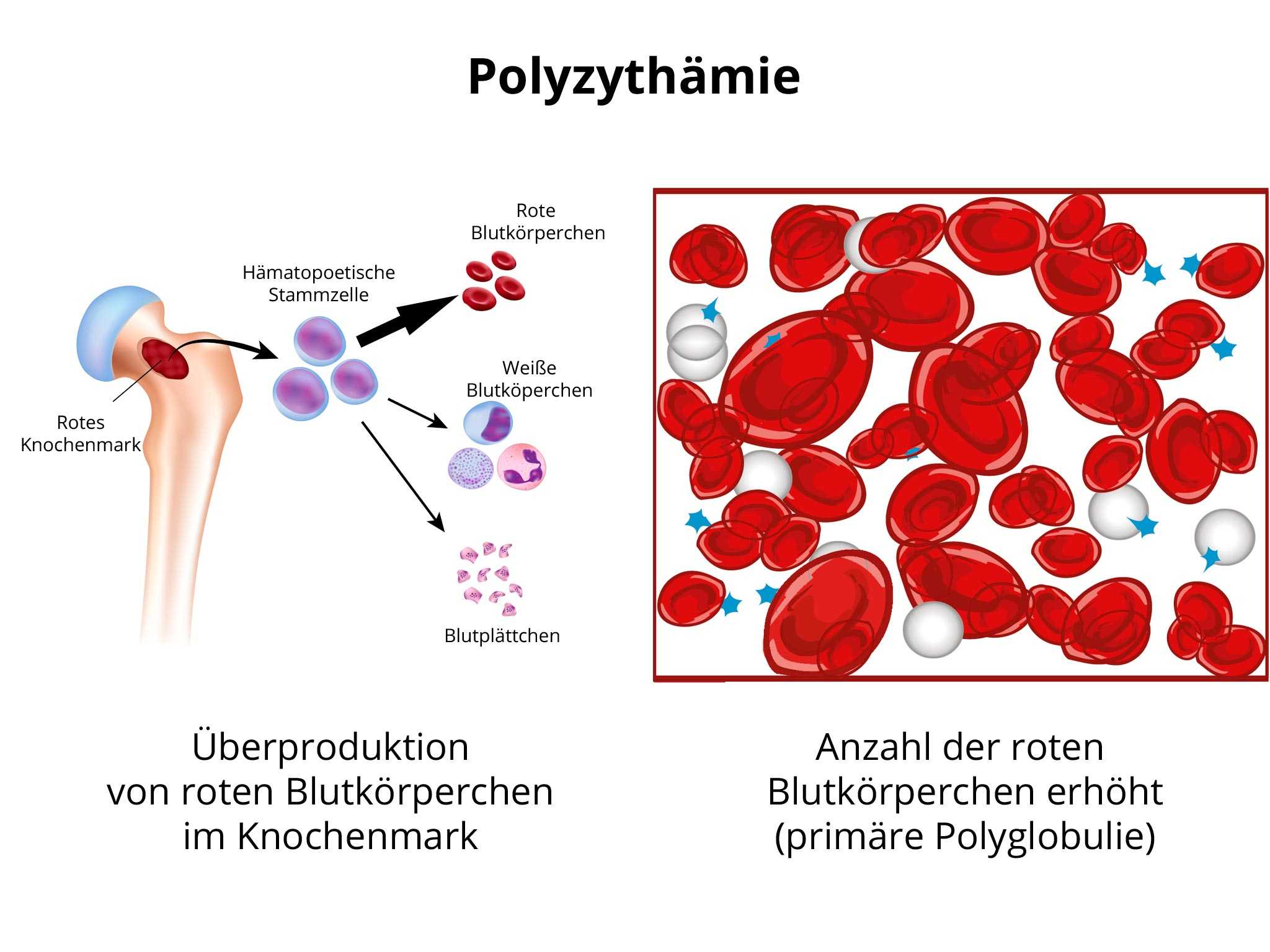
Polyzythämie (Polycythaemia vera)
Die Polycythaemia vera ist eine myeloproliferative Neoplasie der blutbildenden Zellen im Knochenmark und führt zu einem Überschuss aller Arten von Blutkörperchen. Sie wird durch Mutationen des Januskinase-2- ( JAK2 -)Gens verursacht, wodurch ein Protein (Enzym) gebildet wird, das die Überproduktion von Blutkörperchen anregt.

Polycythemia Vera Treatment Guidelines Pregnant Center Informations
Polycythemia vera is a chronic myeloproliferative neoplasm characterized by an increase in morphologically normal red cells (its hallmark), but also white cells and platelets. Ten to 15% of patients eventually develop myelofibrosis and bone marrow failure; acute leukemia occurs spontaneously in 1.0 to 2.5%. Untreated, there is an increased risk.

What Is Polycythemia Vera? PV Reporter
Die Polycythaemia Vera (PV) ist eine seltene Erkrankung der blutbildenden Zellen im Knochenmark, sie ist dadurch gekennzeichnet, dass zu viele Blutzellen gebildet werden. Im Vordergrund steht die Überproduktion der roten Blutkörperchen (Erythrozyten), welche einer Entartung von Stammzellen im Knochenmark zuzuschreiben ist.

Polycythemia vera, illustration Stock Image F034/4325 Science Photo Library
red skin, especially on the face. frequent nosebleeds. bleeding gums. easy bruising. ringing ears. blurred vision. a burning sensation on the skin, especially of the hands and feet. heavy bleeding.
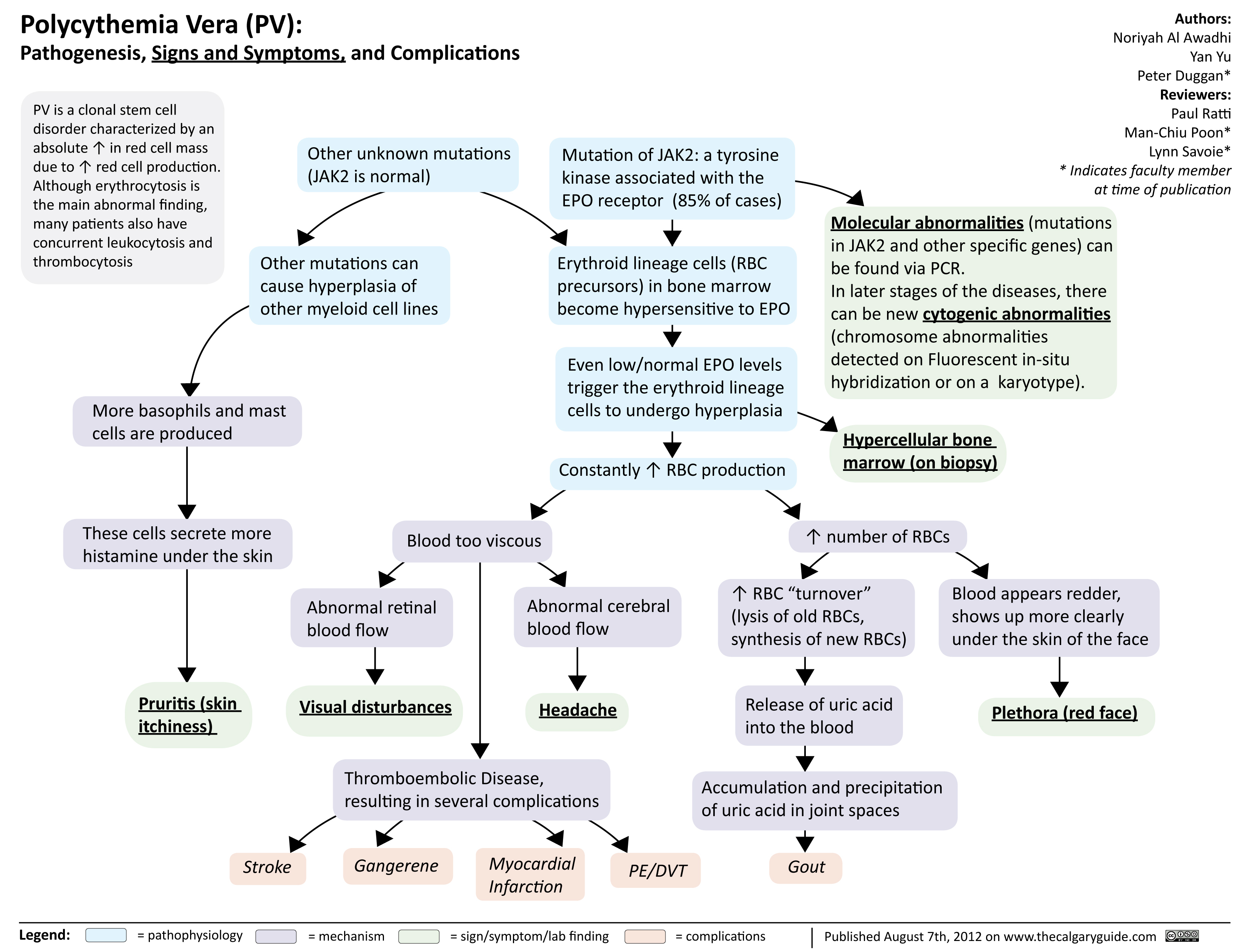
Polycythemia Vera (PV) Calgary Guide
Polycythemia vera. In oncology, polycythemia vera is an uncommon myeloproliferative neoplasm ( chronic leukemia) in which the bone marrow makes too many red blood cells [1] as well as white blood cells and platelets. Most of the health concerns associated with polycythemia vera are caused by the blood being thicker as a result of the increased.
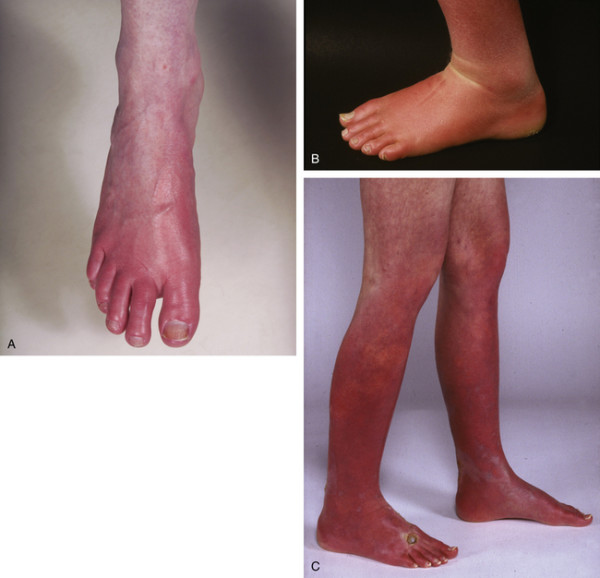
Polycythemia Vera Stepwards
Der natürliche Krankheitsverlauf ist durch unterschiedliche Stadien gekennzeichnet. Charakteristisch ist eine anfängliche länger andauernde polyzythämische Phase mit zunehmender Splenomegalie und eine spätere sog. ‚Spent Phase' bzw. Phase der postpolycythaemischen Myelofibrose mit reduzierter Bildung von Blutzellen.
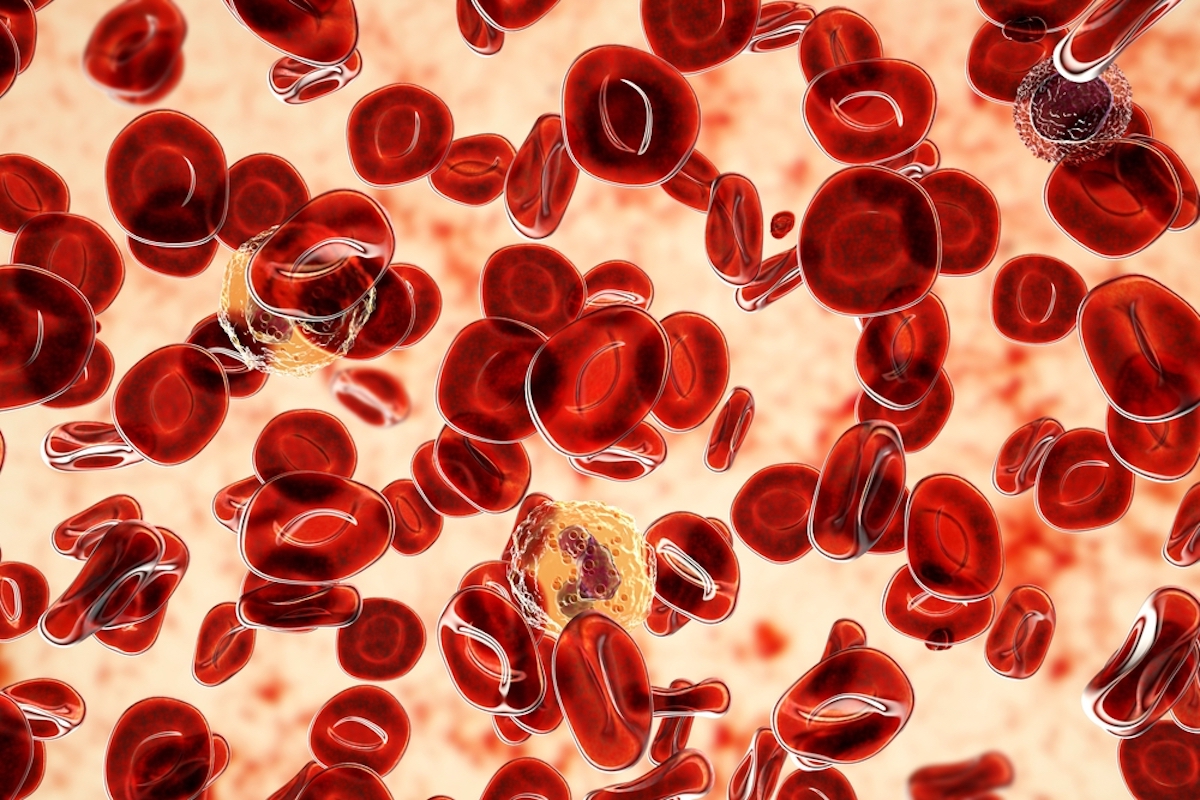
Polycythemia Vera Cause, Stages, Symptoms & Treatments
The most common treatment for polycythemia vera is having frequent blood withdrawals, using a needle in a vein (phlebotomy). It's the same procedure used for donating blood. This decreases your blood volume and reduces the number of excess blood cells. How often you need to have blood drawn depends on the severity of your condition.

Polycythemia Vera Symptoms, Treatment & Lifestyle Changes NuvoVivo
Klinisch wird die Polycythämia vera in 2 Phasen unterteilt (WHO 2022): Chronische Phase (prä-polyzythämische und polyzythämische Phase): Überproduktion von Erythrozyten und damit einhergehend erhöhte Hämoglobin- und Hämatokrit-Werte Spätphase (Post-PV-Myelofibrose): Übergang der Erkrankung in eine sekundäre Myelofibrose

Polycythemia Vera is a myeloproliferative disorder. Polycythemia vera, Mom health, Hematology
Abstract. Polycythemia vera belongs to myeloproliferative neoplasms, essentially by affecting the erythroblastic lineage. JAK2 alterations have emerged as major driver mutations triggering PV-phenotype with the V617F mutation detected in nearly 98% of cases. That's why JAK2 targeting therapeutic strategies have rapidly emerged to counter the.
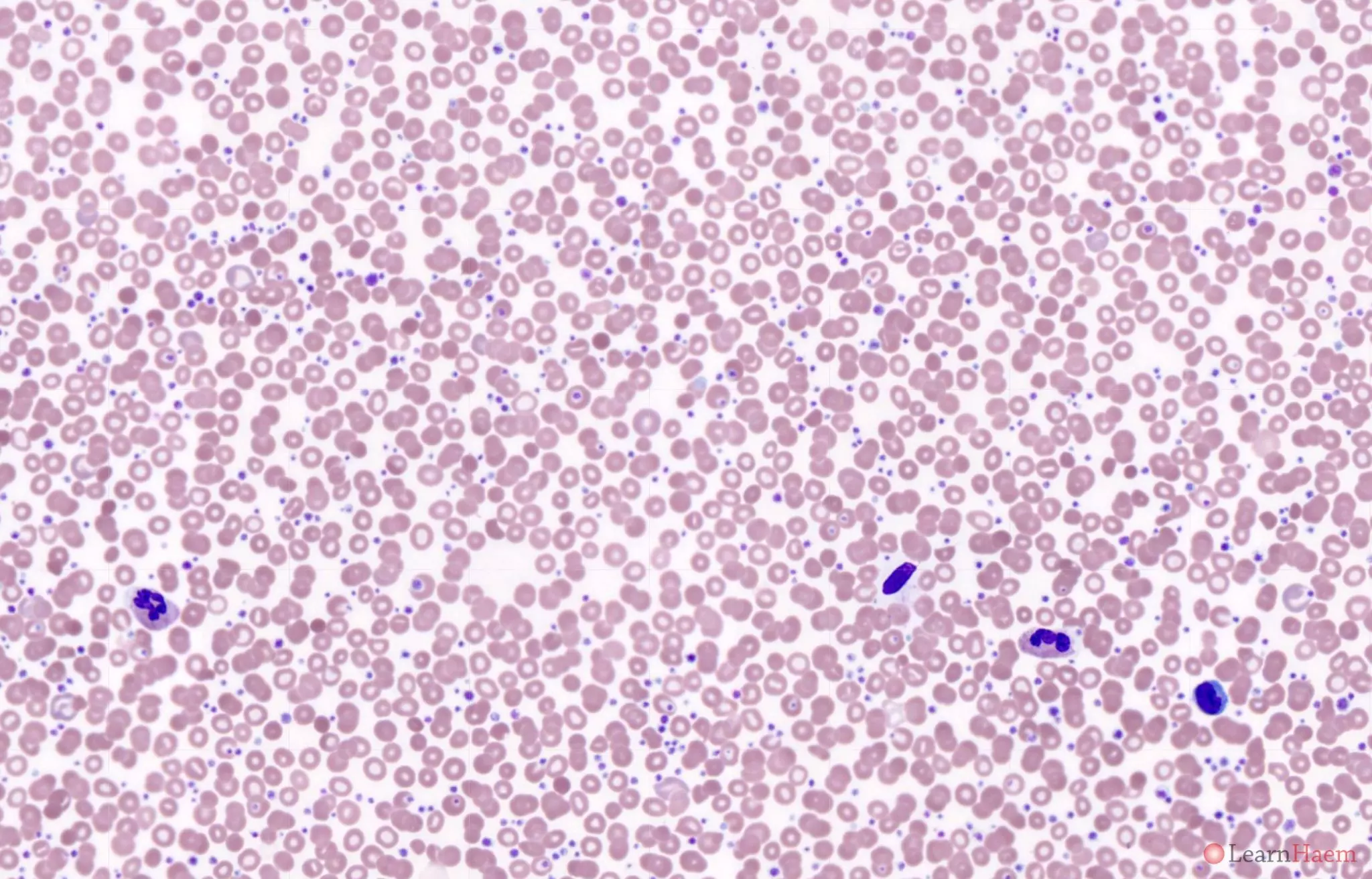
Polycythaemia Vera LearnHaem Haematology Made Simple
So können Sie Ihren Krankheitsverlauf online verfolgen und mit Ihrer Ärztin oder Ihrem Arzt besprechen. MPN-Tracker Wenn Sie Ihre Symptome schwarz auf weiß festhalten möchten, können Sie sie auch in unserem Symptomerfassungsbogen vermerken, ausdrucken und zum Arztbesuch mitbringen. GettyImages-697574745

Polycythaemia vera DocCheck Flexikon
Die Polycythaemia vera ( PV) zählt zu den sogenannten klassischen chronischen myeloproliferativen Erkrankungen ( MPN) des Knochenmarks. Dazu gehören neben der PV die Essentielle Thrombozythämie ( ET ), die präfibrotische Primäre Myelofibrose (präPMF) und die Primäre Myelofibrose (PMF). Benennung

Polycythemia Vera Causes, Symptoms, Cancer, Diagnosis, Treatment
Polycythemia vera is a rare disease that causes excessive red blood cells to be produced and circulate in the body. The condition occurs during adulthood. The effects and prognosis can vary, and certain factors are associated with a worse prognosis—older age, a high white blood cell count, blood clots, and a genetic abnormality.